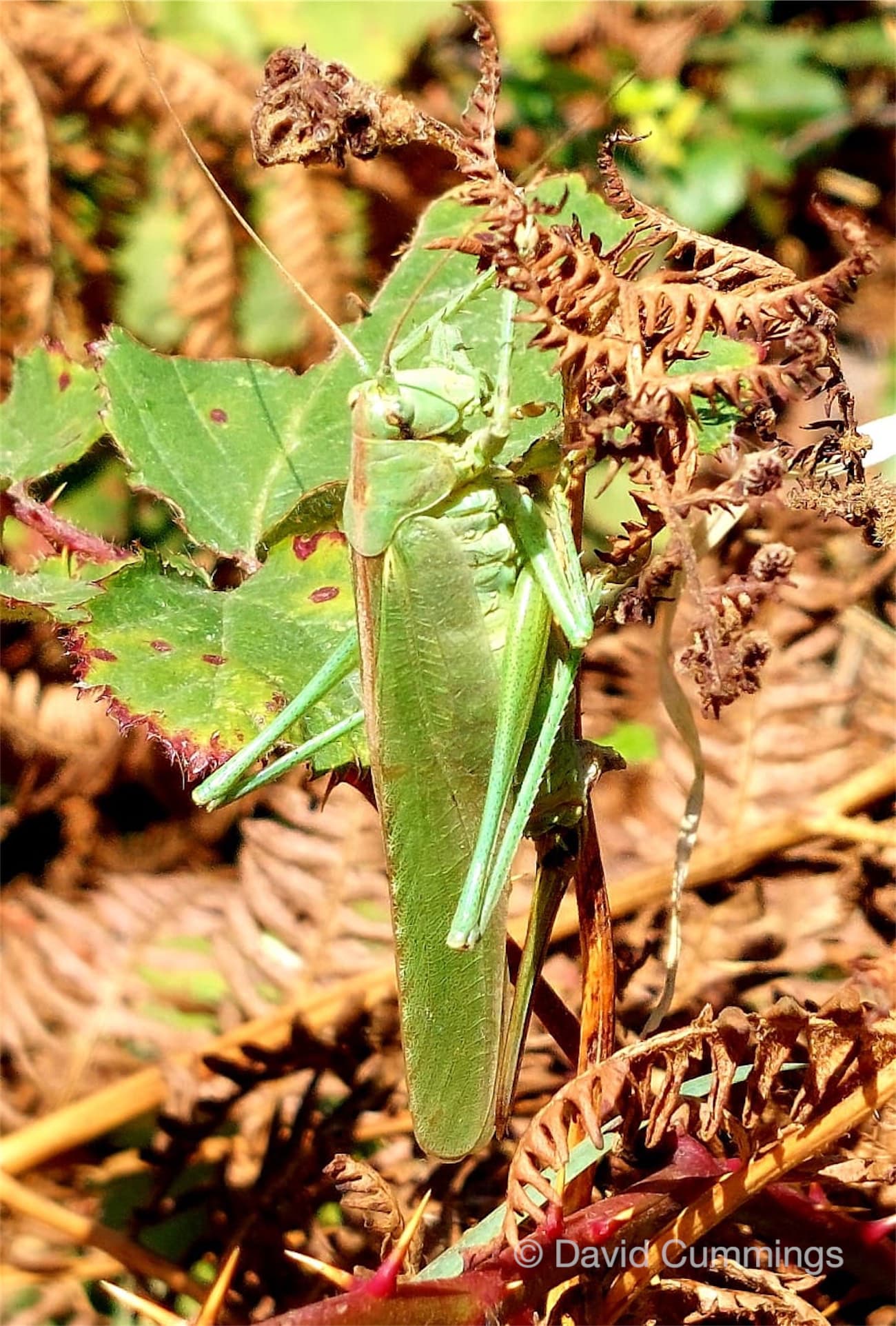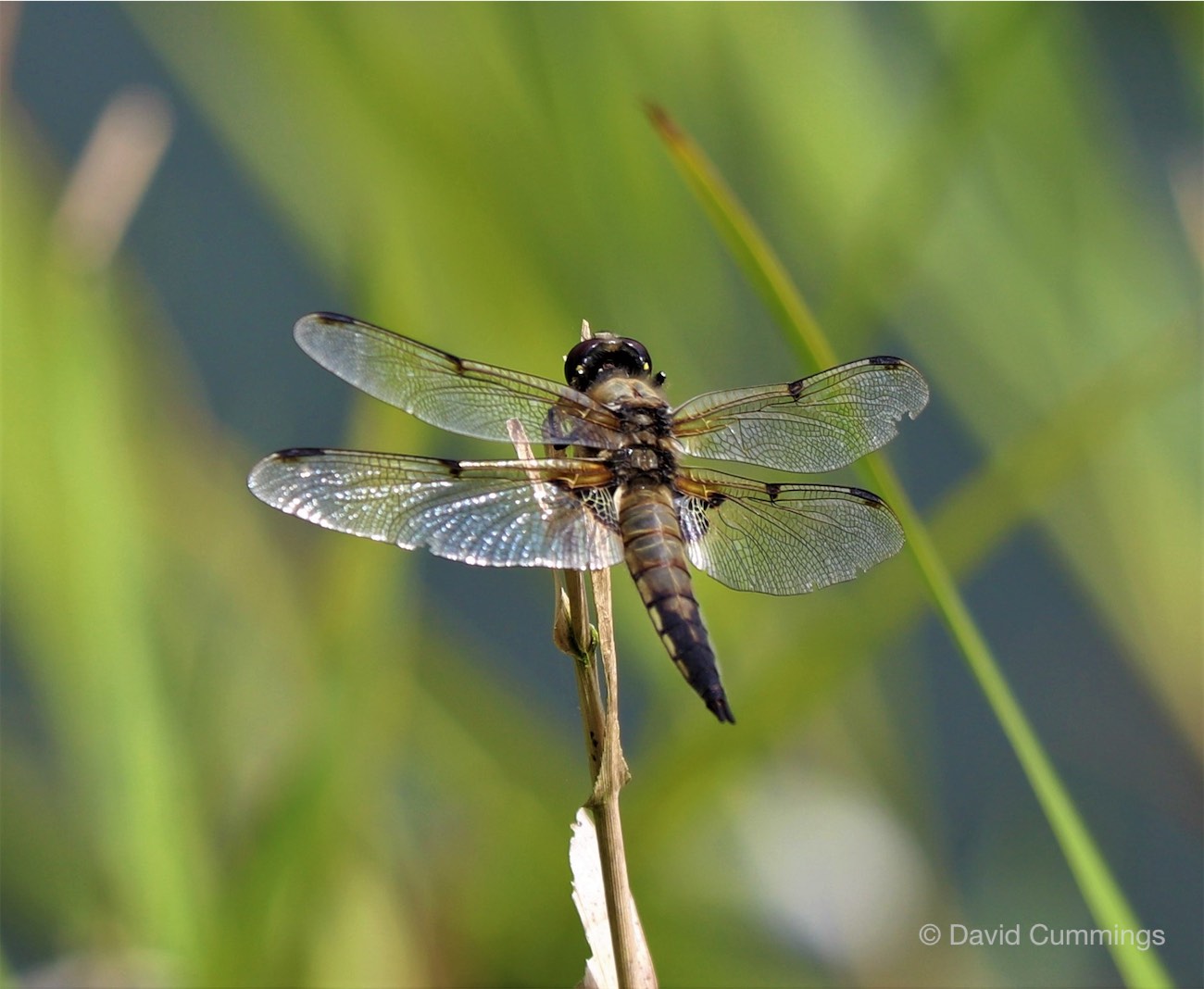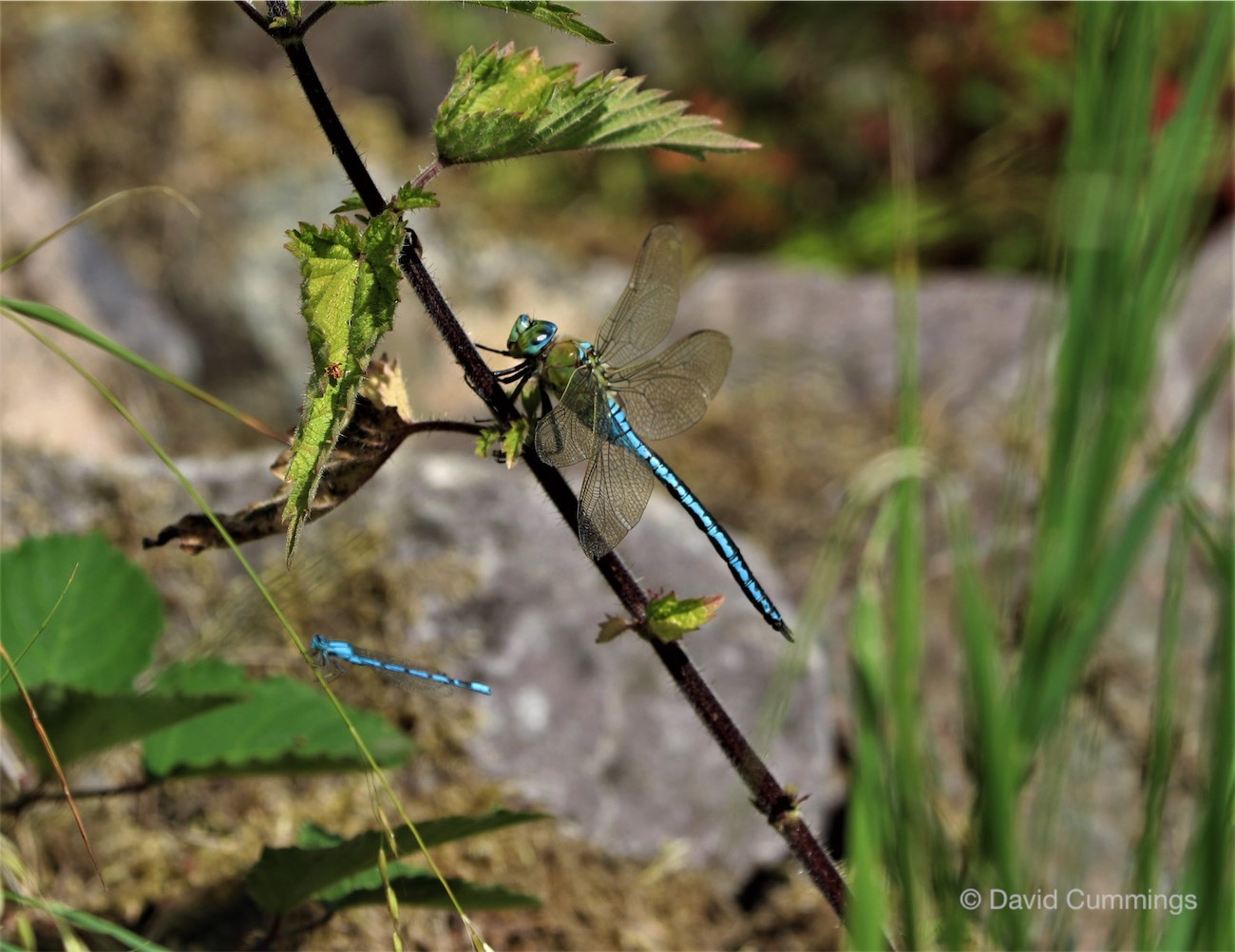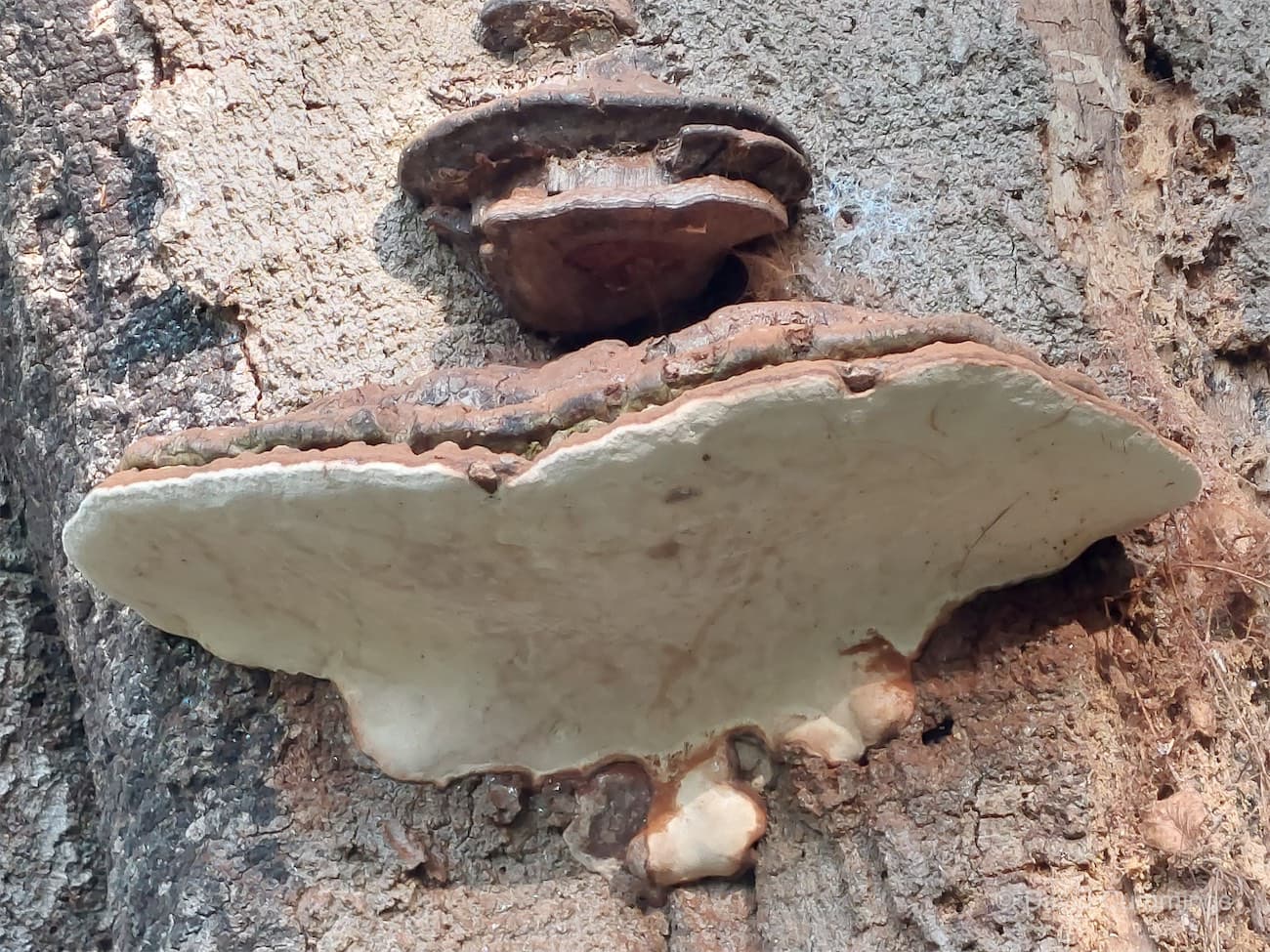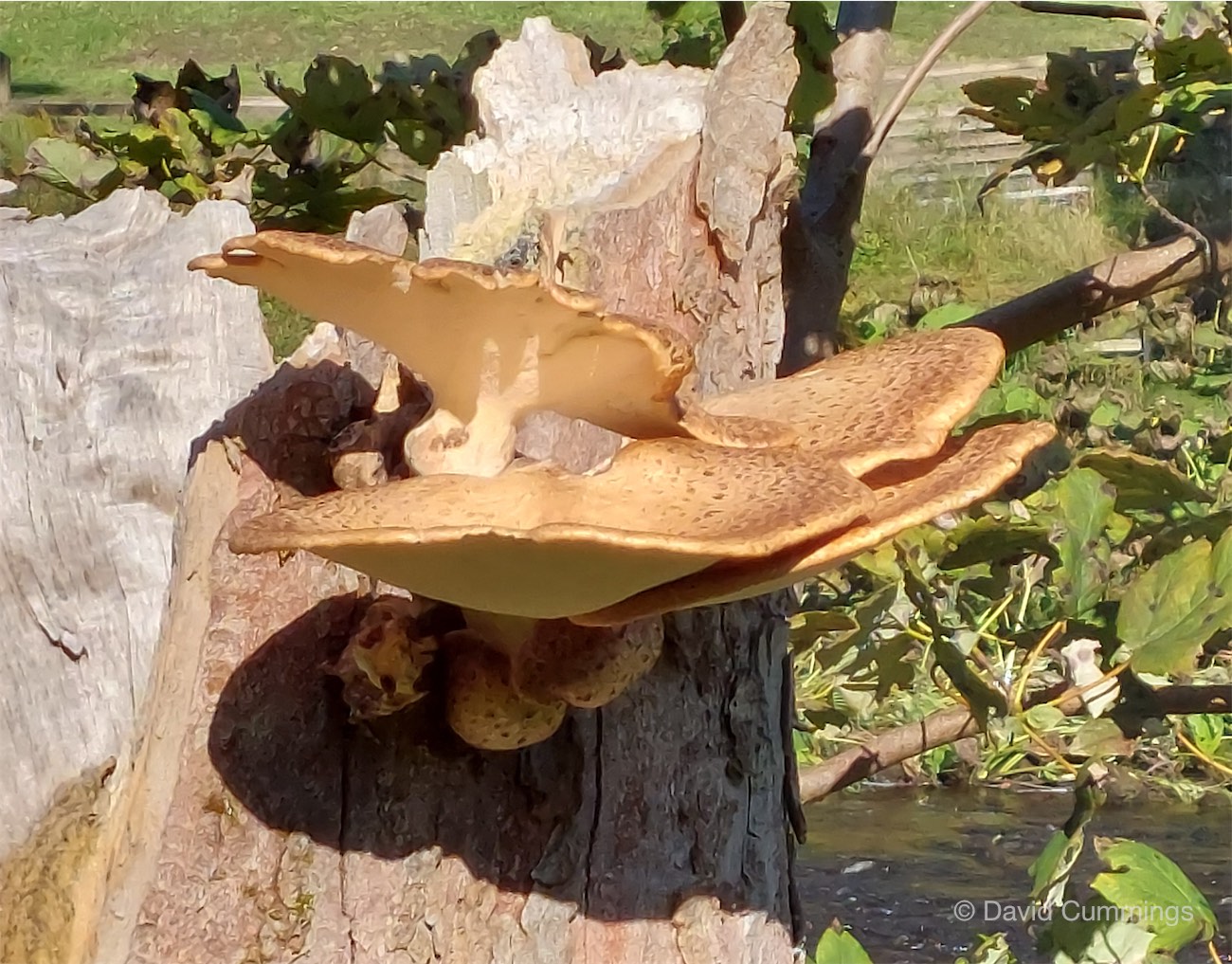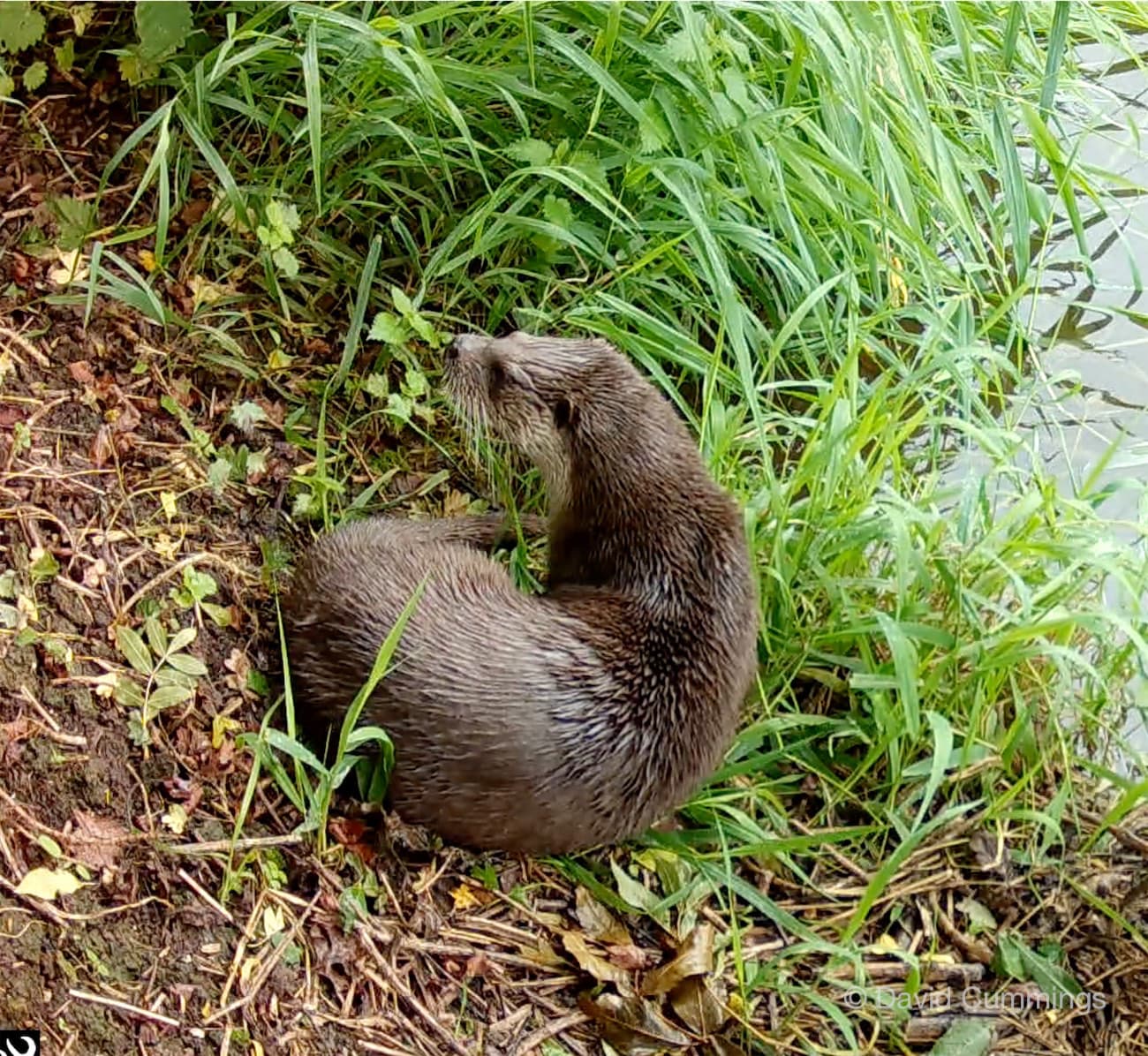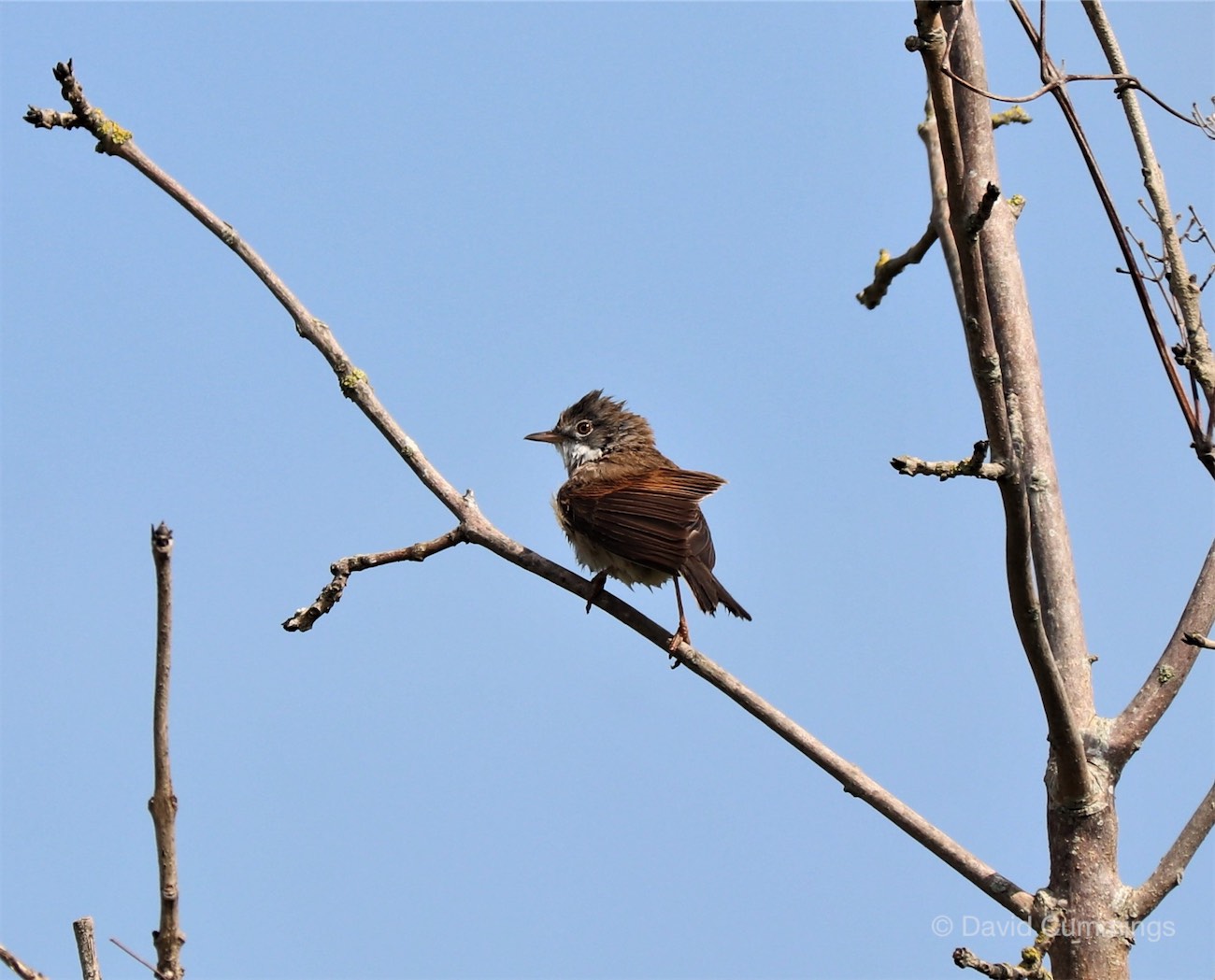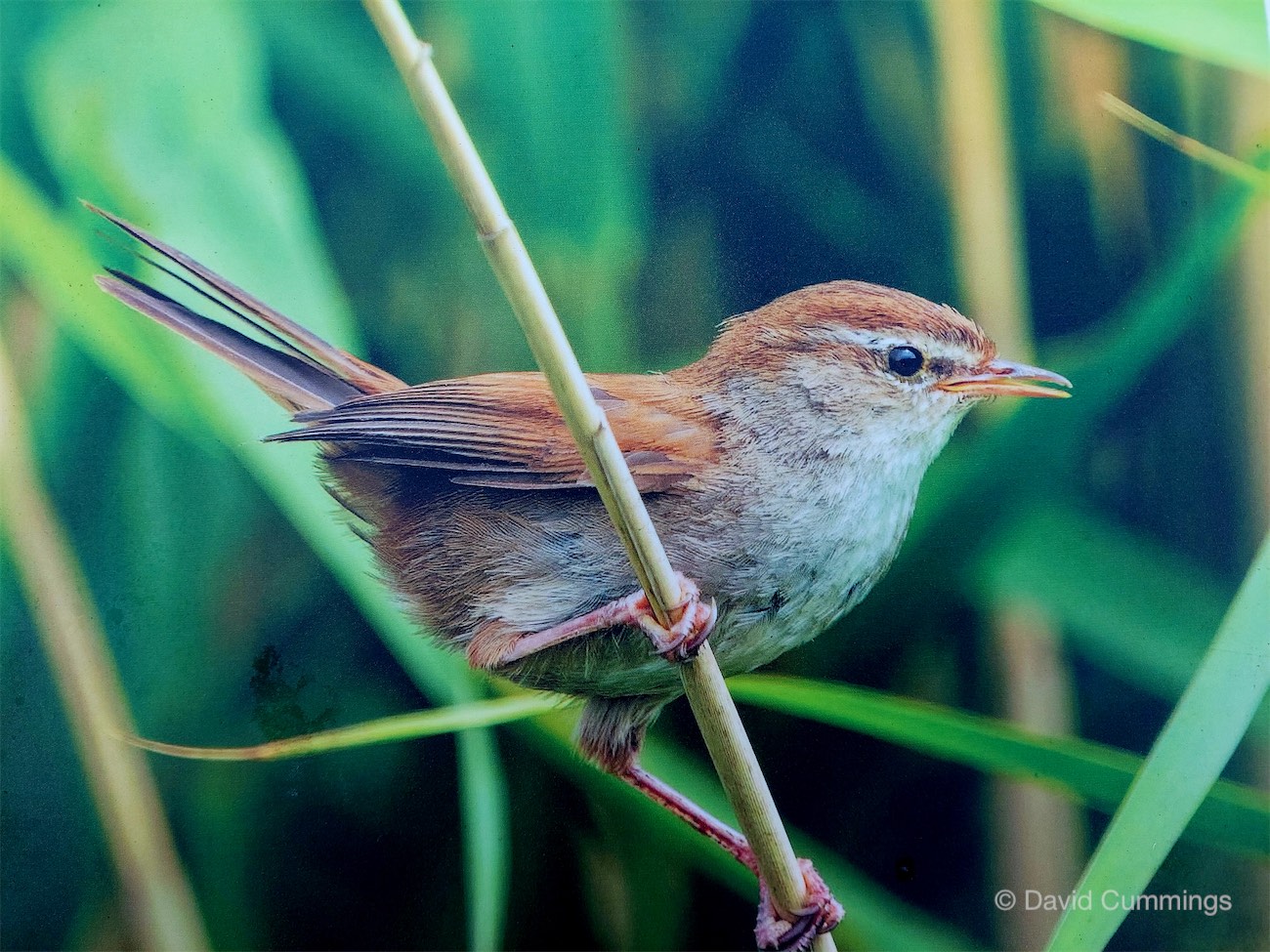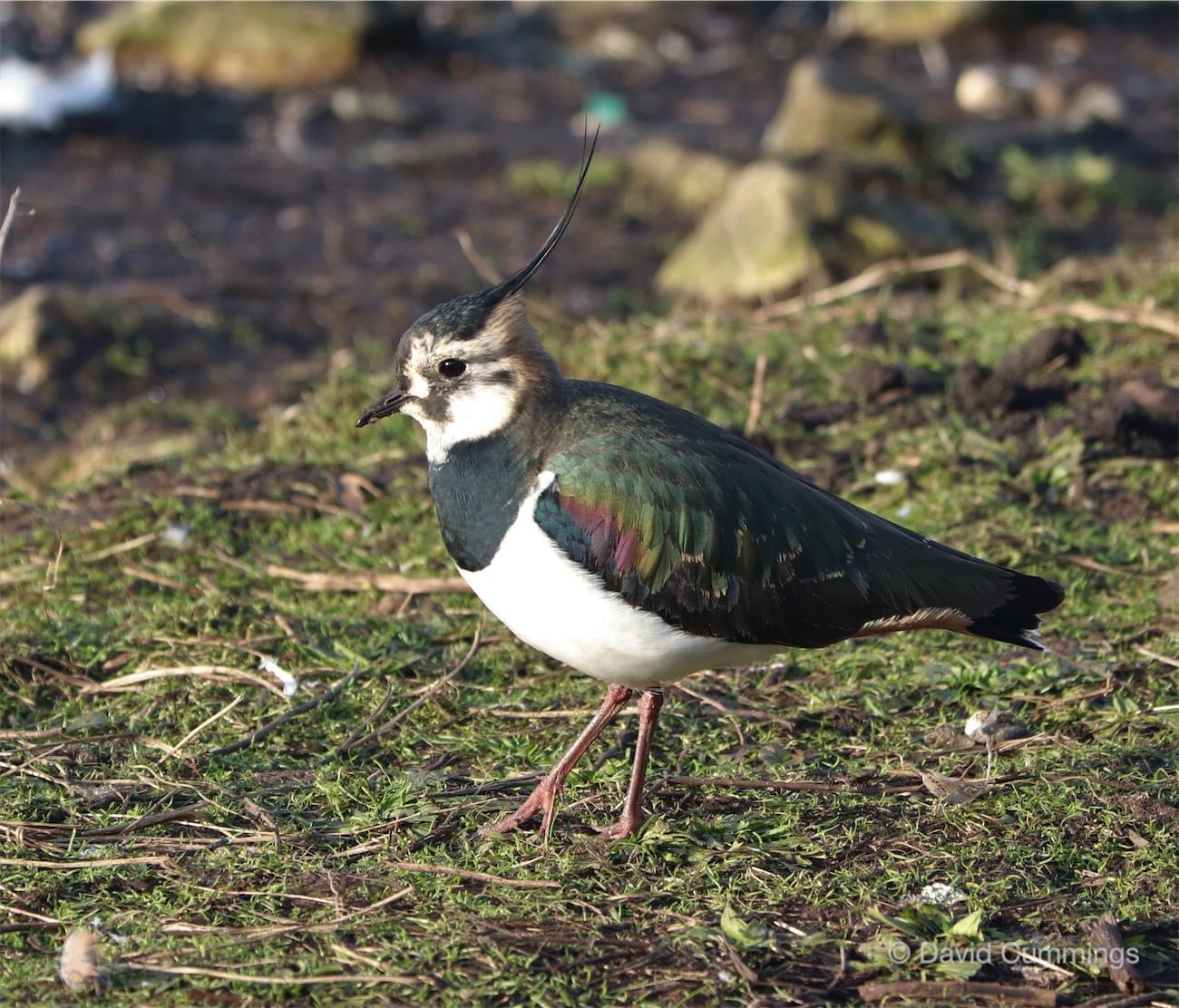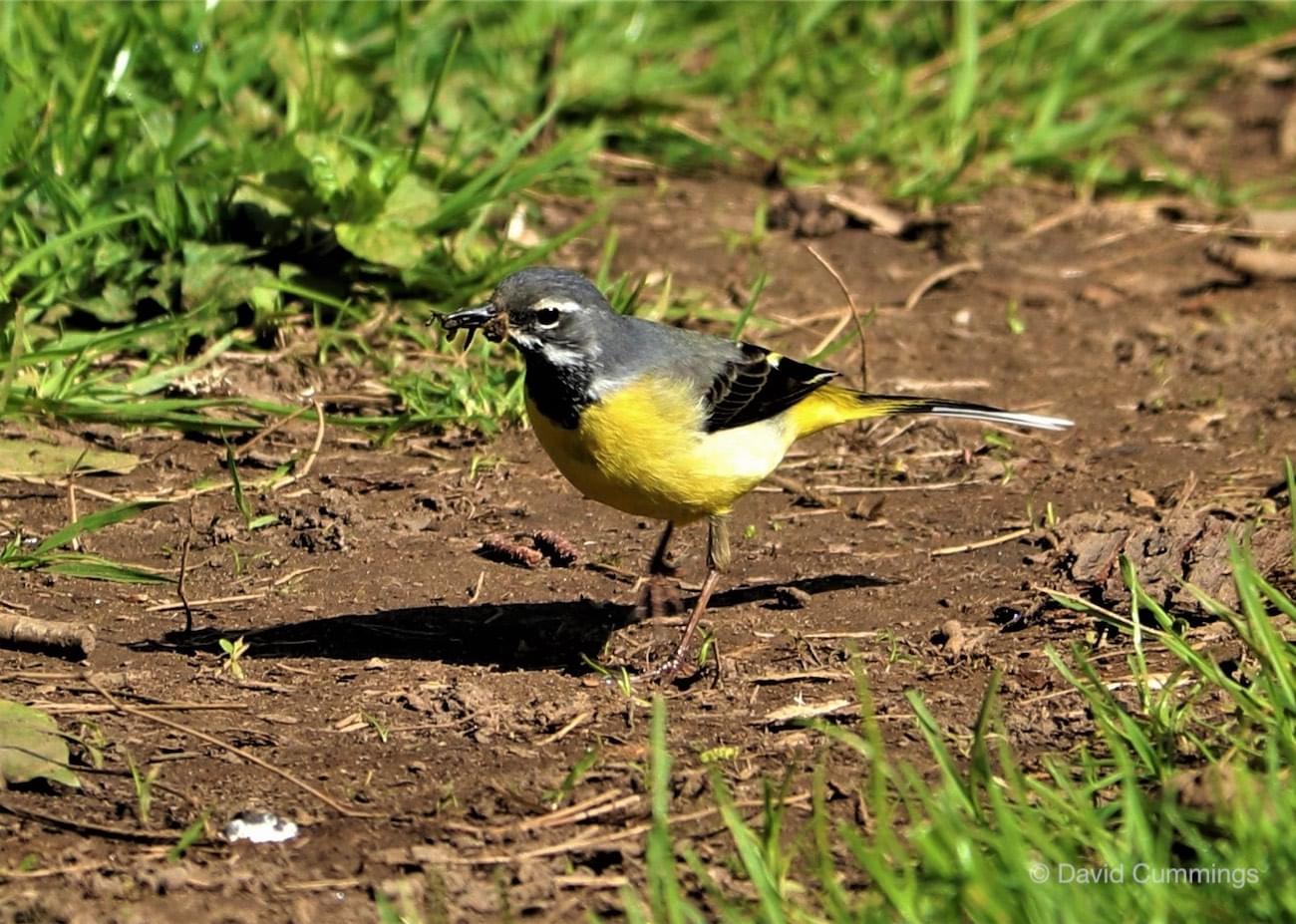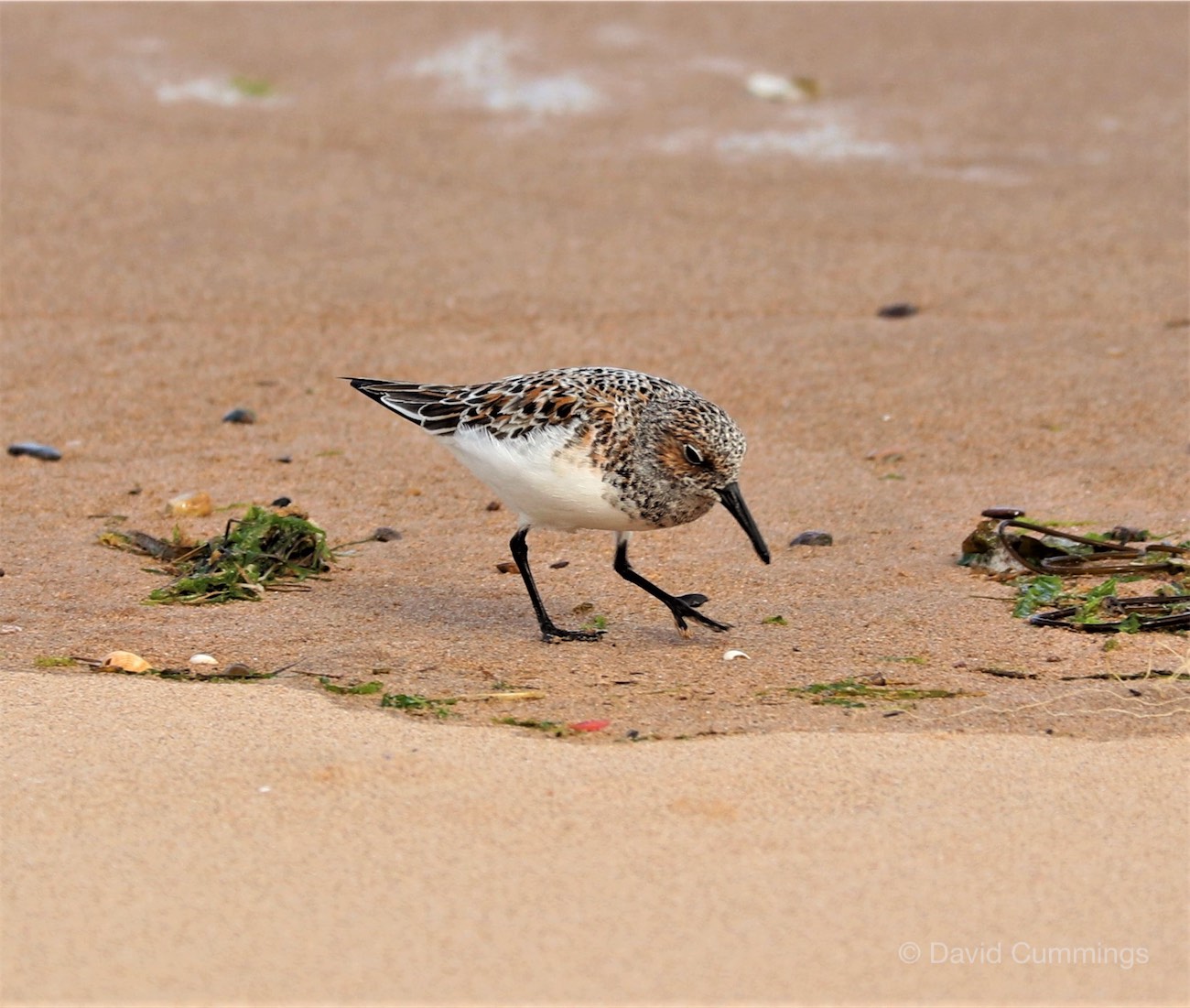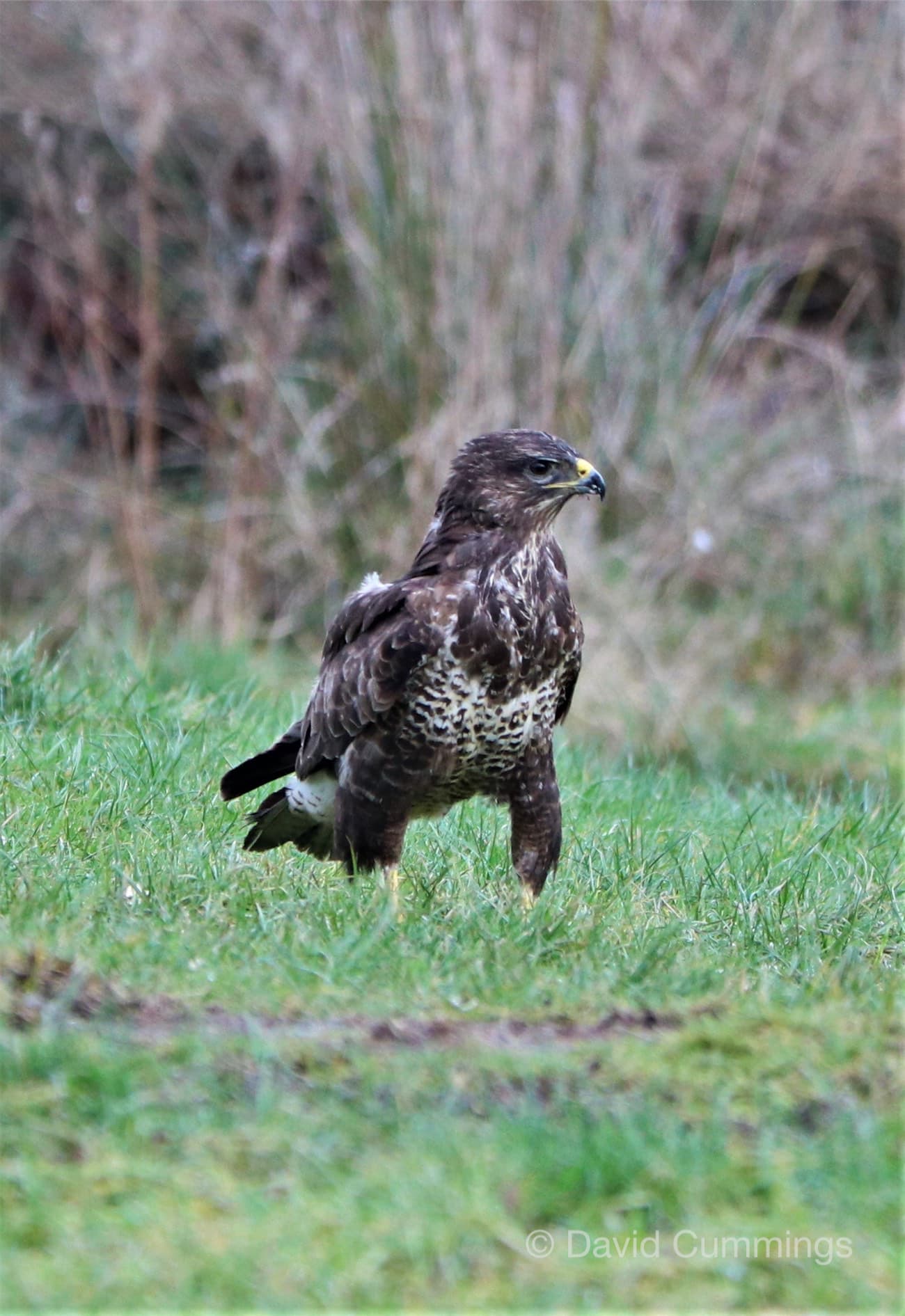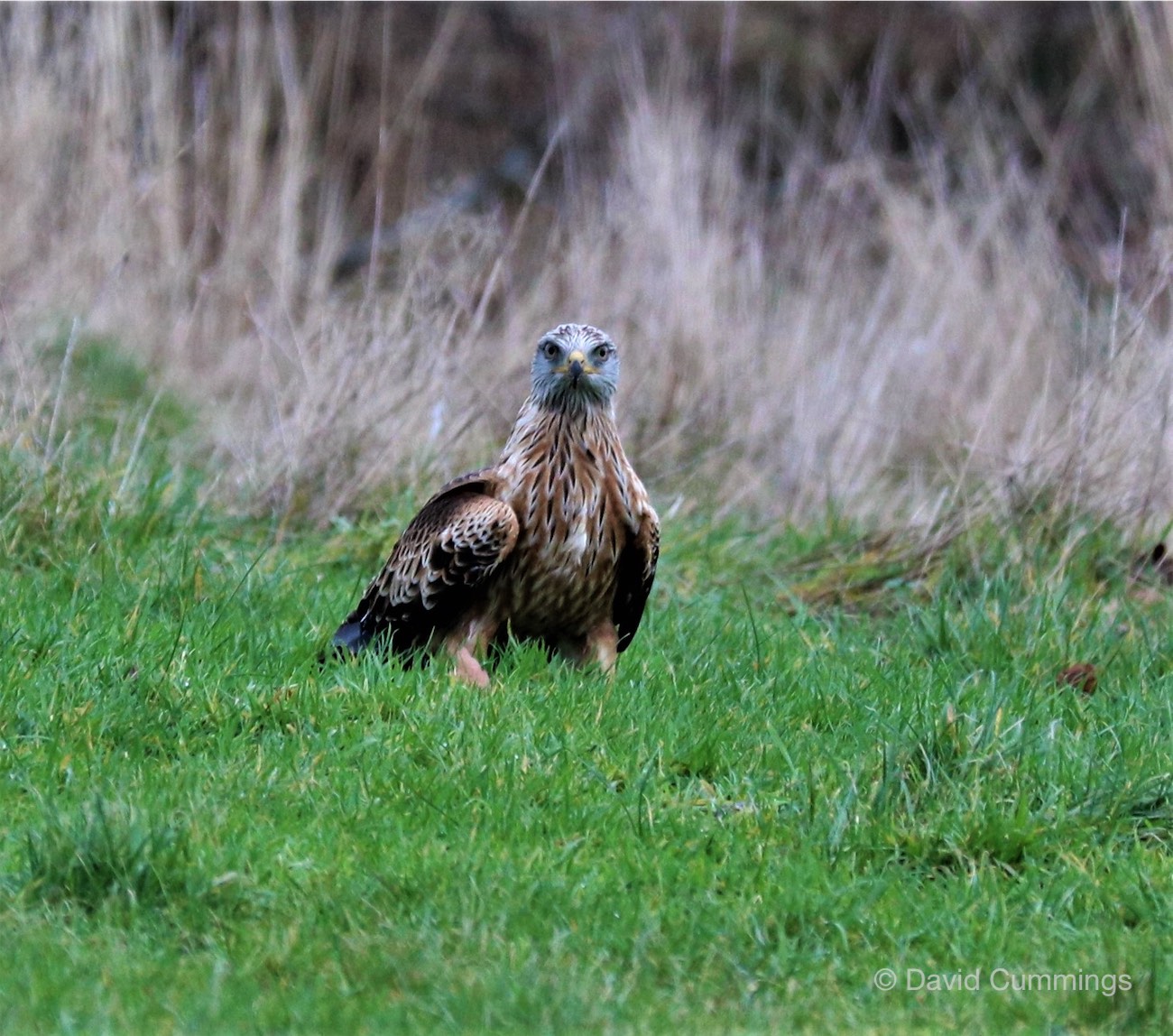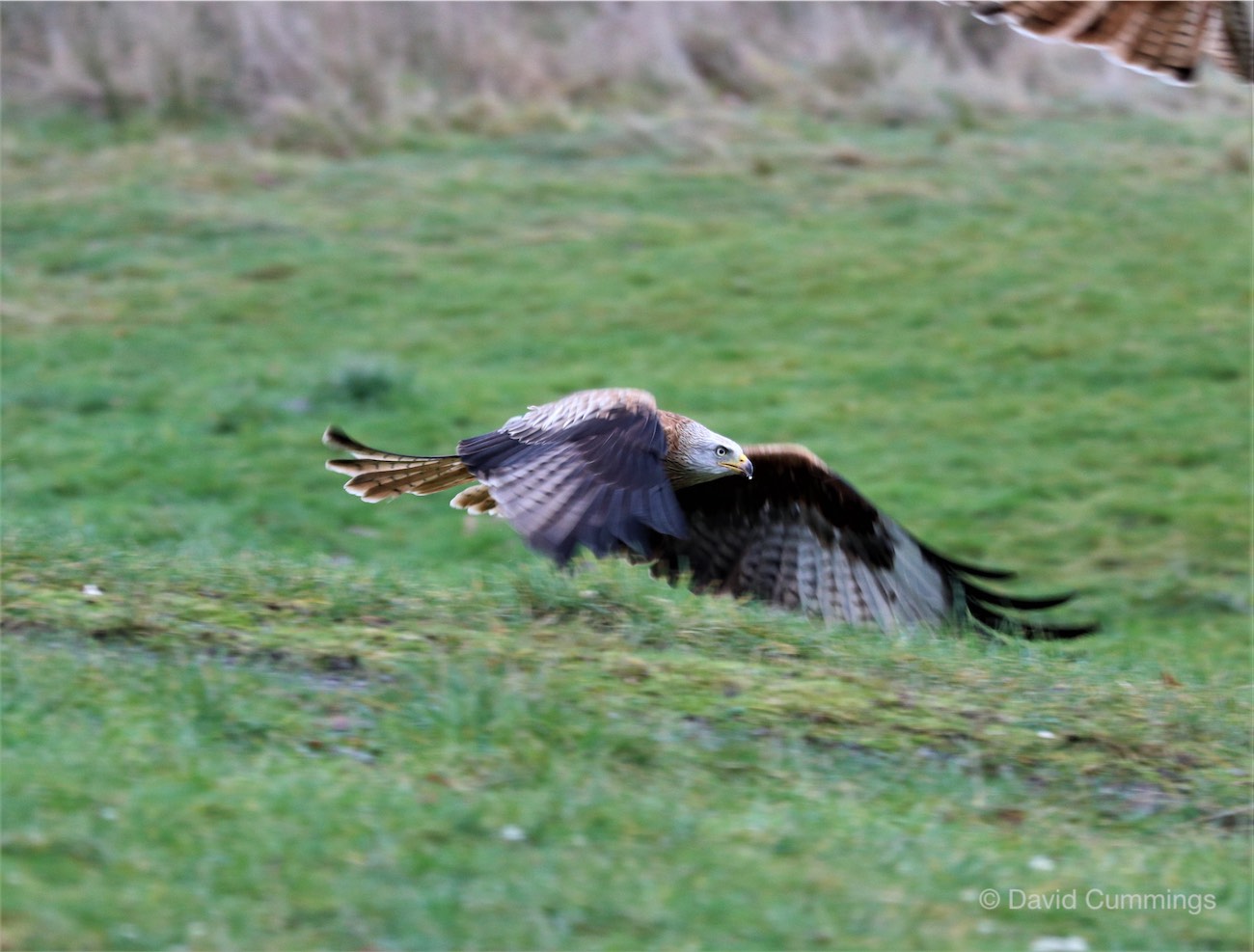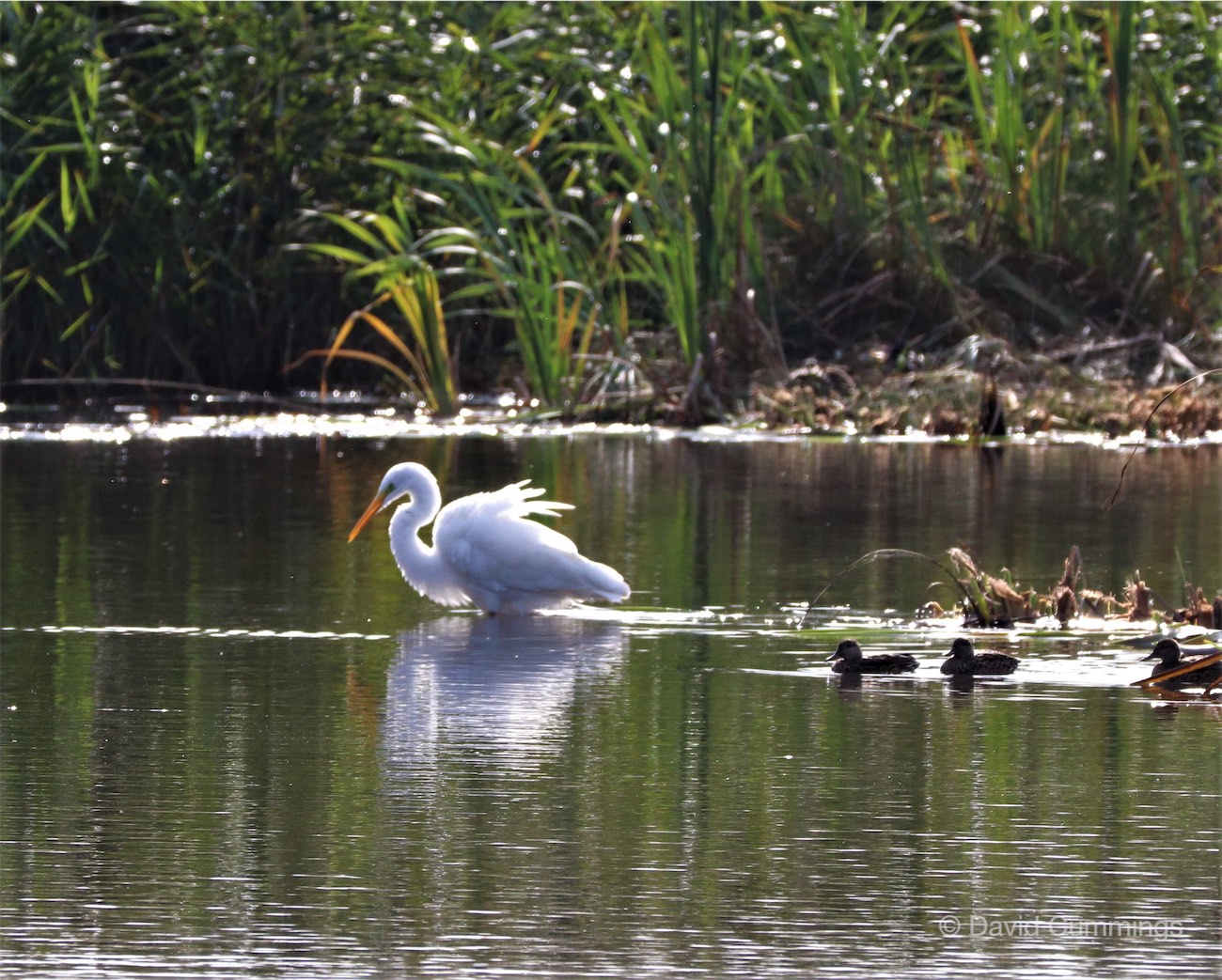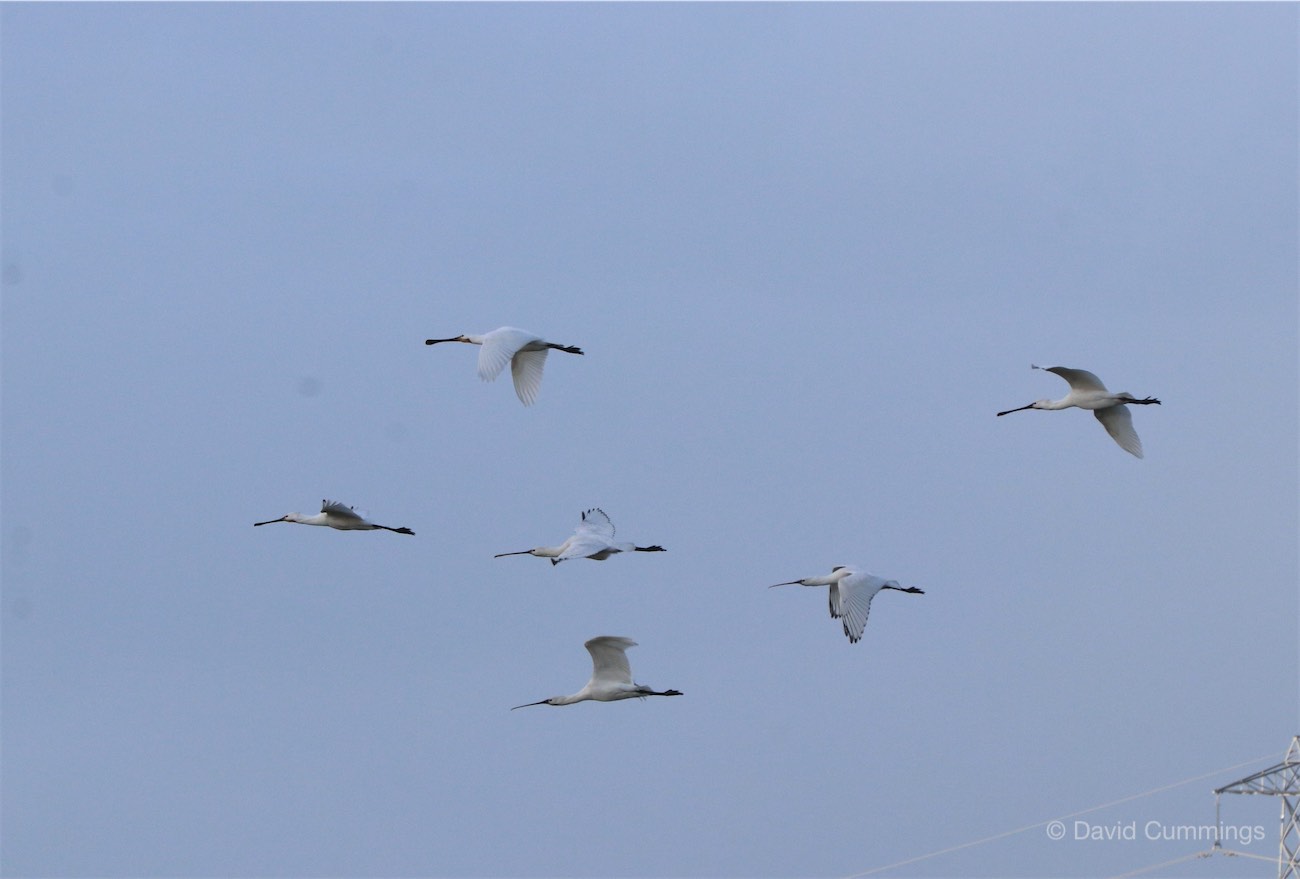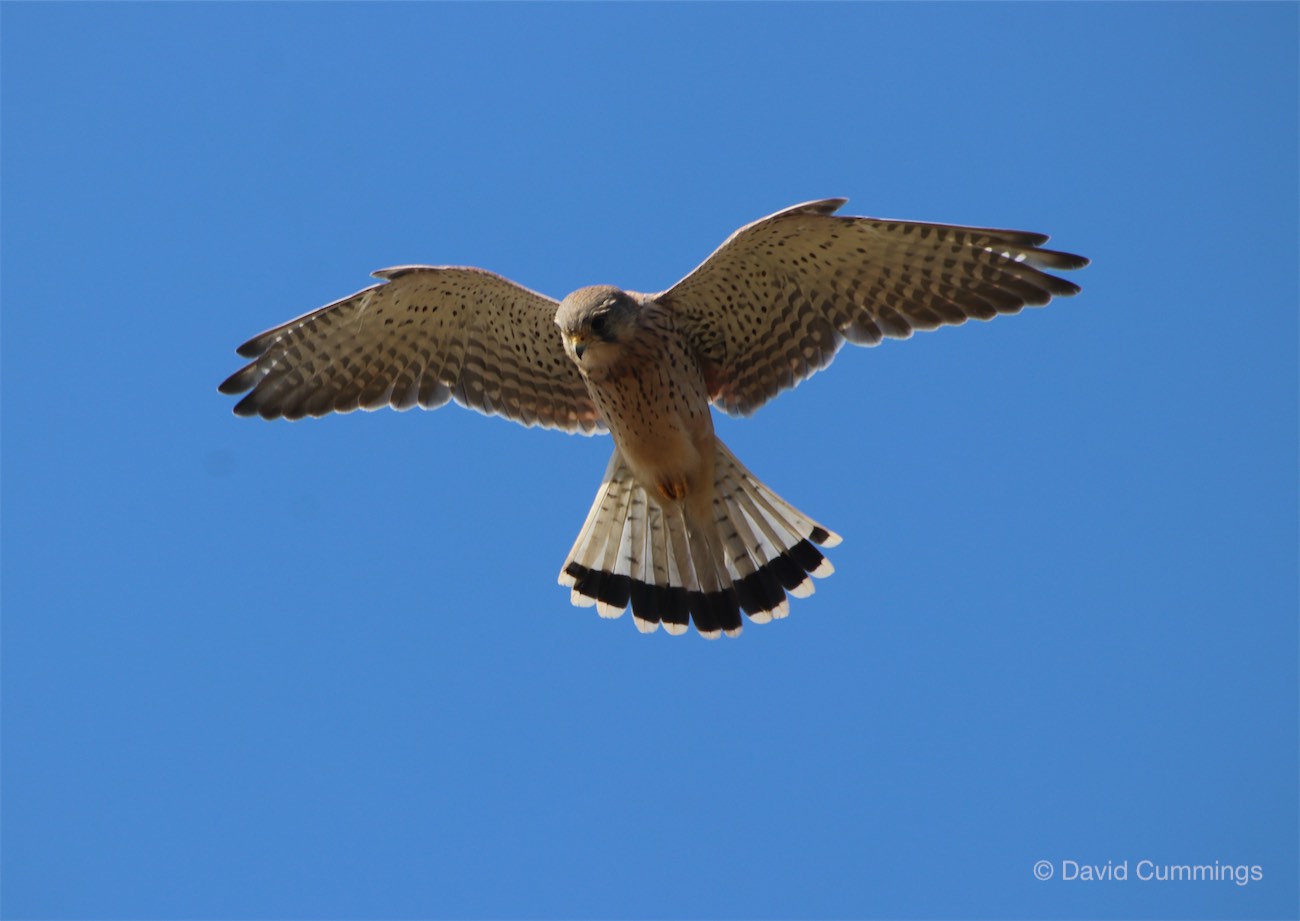
January

BY DAVID CUMMINGS BEM
Photographic Opportunities
This year has been a particularly rich one for me as an enthusiast for wildlife with a camera, so I thought I would share a review of images from 2022 with you. As I get less mobile, I find I can spend more time looking closely at various habitats, which has benefitted my collection of interesting species. The warm weather of this summer also helped, as the picture of the large green grasshopper for example was taken when it stood out from the surrounding brown grass in a burned out field. I seem to have had lots of opportunities for photographing insects, the 4 spotted chaser, black tailed skimmer and the emperor dragonflies were taken within ten metres of each other and in less than a ten minutes slot. Joe O Hanlon shared with me his footage of a very obliging young otter at Hockenhull, taken at 10.40am one morning, a time when young otters are not normally seen. Fungi don’t offer the same problem as photographing moving creatures, so it was good to get excellent shots of both bracket and beef steak fungus within a few metres of each other. I was fortunate to be in the right time and the right place for many of the shots you see. The whitethroat seen below was at Conway, and had newly arrived from Africa. Shortly after that shot was taken I photographed the curlew in flight and a lapwing on the ground. Cettis warblers are heard everywhere these days, although almost impossible to see, but this year has not been great for warblers generally. I was walking through the grounds of Hawarden Castle when I came across a small stream, and caught a glimpse of a beautiful grey wagtail. It behaved beautifully for the camera and I had it in good view for almost 15minutes. It even came within five metres of me as I sat quietly on the bank of the stream, watching it in a shaft of sunlight.
I had similar luck with the picture of the sanderling, watching it from behind a wooden groyne just below the sea wall at Dawlish Warren. It was so busy feeding, that it didn’t notice me sitting quietly, a few meters behind the seaweed covered timbers.
We were sitting in a hide at Cigrin Farm for the pictures of the buzzards and red kites. There is a small charge for entry to the red kite feeding station, but if you get the timing right, you get amazing close up views of these magnificent birds of prey. Feeding is a 2.00pm in the winter and 3.00pm in the spring and summer. The birds circle around the site for almost an hour before the feeding time, and on this last occasion we had over 400 red kites in view at the same time. As the food is spread in front of the hides they swoop down out of the skies to collect it, before going off to a nearby tree to eat. In my experience several buzzards come down to join the fun, although they are constantly swooped on by the kites who clearly don’t want to share. The buzzards eat very cautiously whilst watching out for angry kites coming from all angles. Other corvids such as crows and jackdaws seem to have better luck, and are not bothered. It was interesting on this occasion to see a single red kite sitting on the ground, which I have never experienced before in all the years I have watched them, at many feeding stations.
This year has also been the year of the egret, with more and more being seen especially around the River Dee and at Burton Meres. I would never have guessed even ten years ago that I can now see more egrets of different species on the Dee than mute swans. As the swan population has declined rapidly in this part of the world, to be replaced by little, cattle and great white egrets, species seen only in other parts of Europe thirty or so years ago. Avocets, and spoonbills are also following this trend, and Burton Meres has up to 75 pair of breeding avocets, with the occasional visit by elegant white spoonbills. I was very fortunate to see six spoonbills feeding out on the mudflats of the Burry Port Estuary in South Wales, and even luckier to see them fly in formation in front of the hide we were using. Grey herons seem even more plentiful this year and I was able to get a very good close up shot of the one seen, taken from a boat moving slowly along the river in front of it. The last two shots of a sparrowhawk and kestrel were just down to luck. I spotted the sparrowhawk sitting on out garden gate and took the shot through the kitchen window. The kestrel pictures was so obliging, hovering over my head as I emerged from behind a sand dune, oblivious that I was standing looking up at it with the telephoto lens attached to the camera, and ready to shoot.
LISTEN TO RYAN INSTEAD OF READING THE ARTICLE
-

Great Green Grasshopper
-
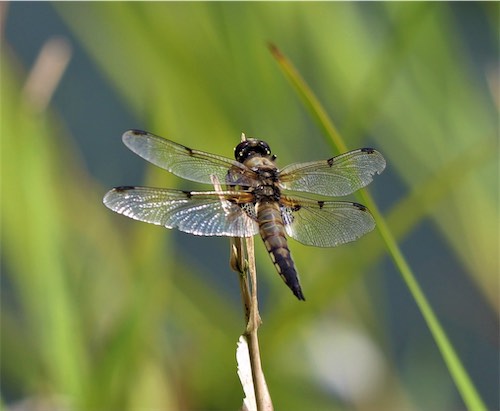
Four Spotted Chaser
-

Emperor Butterfly
-

Black Tailed Skimmer
-
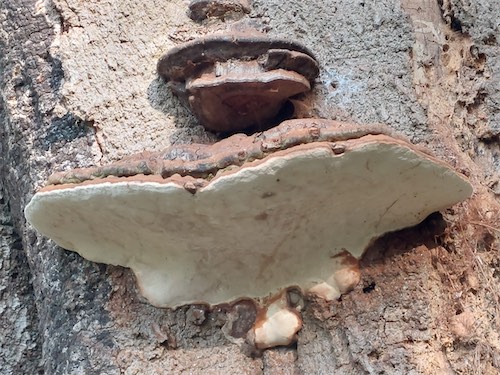
Bracket Fungi
-

Beef Steak Fungi
-

Arum Lililes in Christleton
-

Otter at Hockenhull
-

Whitethroat
-

Cettis Warbler
-

Lapwing
-

Curlew
-

Grey Wagtail
-

Sanderling
-

Buzzard
-

Red Kite
-

Red Kite Feeding Station
-

Red Kite
-

Great White Egret
-

White Stork
-

Little Egrets on the Dee Estuary
-

Sparrowhawk
-

Six Spoonbills in Flight
-
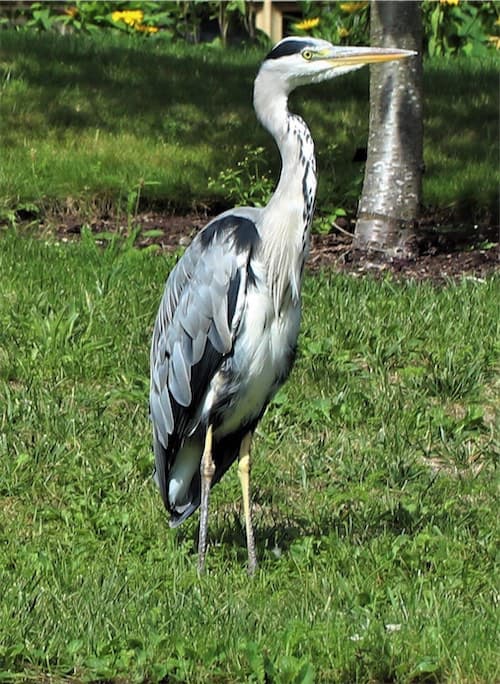
Grey Heron
-

Kestrel
